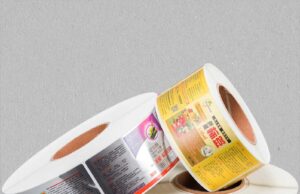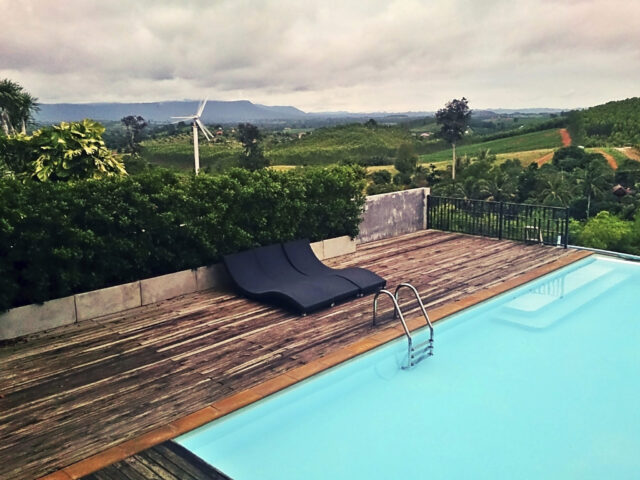
It is always good to be environmentally conscious when undertaking huge projects to spruce up your home. This would be such a good thing for the earth and for your homes. Swimming pools have been quite popular with households and installing one doesn’t take much time.
It’s a place for chilling with your peeps, relaxing with family, and doing anything you want by the poolside. Rather than using materials that are harmful to nature, you can switch to a more eco-friendly option in order to spruce up your homes
So how can you achieve this? Just by taking a few steps, you can make your pool eco-friendly and enjoy it guilt-free!
1. Greener Chemicals
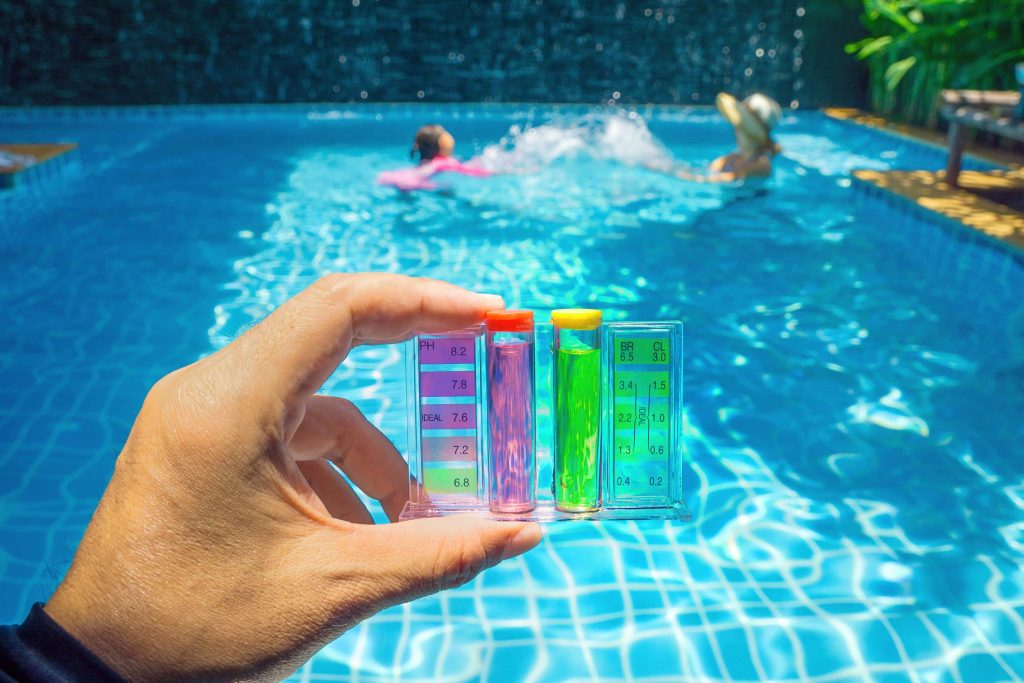
We know chemicals are very important for the maintenance of swimming pools and there are so many to choose from. Chlorine, as you know, is by far the most popular. But chlorine is also considered a pesticide by the EPA and is very toxic to the environment.
Chlorine has mild side effects for us too. It bleaches the hair, causes over-tanning, and harms the eyes. Chlorine can also leach into the surroundings and affect your plants and animals. So what do you have to do? Switch to greener alternatives. Bromine is an upcoming replacement for chlorine that you can even regenerate by certain methods.
PHMB and Ozonator systems have been trending too. Some people even began using potassium monopersulfate too. With softer chemicals like these, extra algaecides and all have to be used, but switching to greener alternatives would be well worth it in the long run. At www.poolpeople.com.au, we guide you about this effectively.
2. Harness Solar Energy for your Pool
Pool heaters have always been under the controversy of whether it is environmentally friendly or not. If that concept is eliminated by just switching the energy source to solar, then you would have no more reason for doubt.
This allows you to use your pool all year long and would not be as bad as having an electric or gas heater. Also, solar energy is much more efficient if you stay in the tropics as the days normally have bright sunshine. This is also friendly on your electricity bills. It may seem like a huge purchase at the beginning, but consider it an investment for the future.
The heat from the sun is always free, and renewable every day too!
3. An alternative to a solar heater
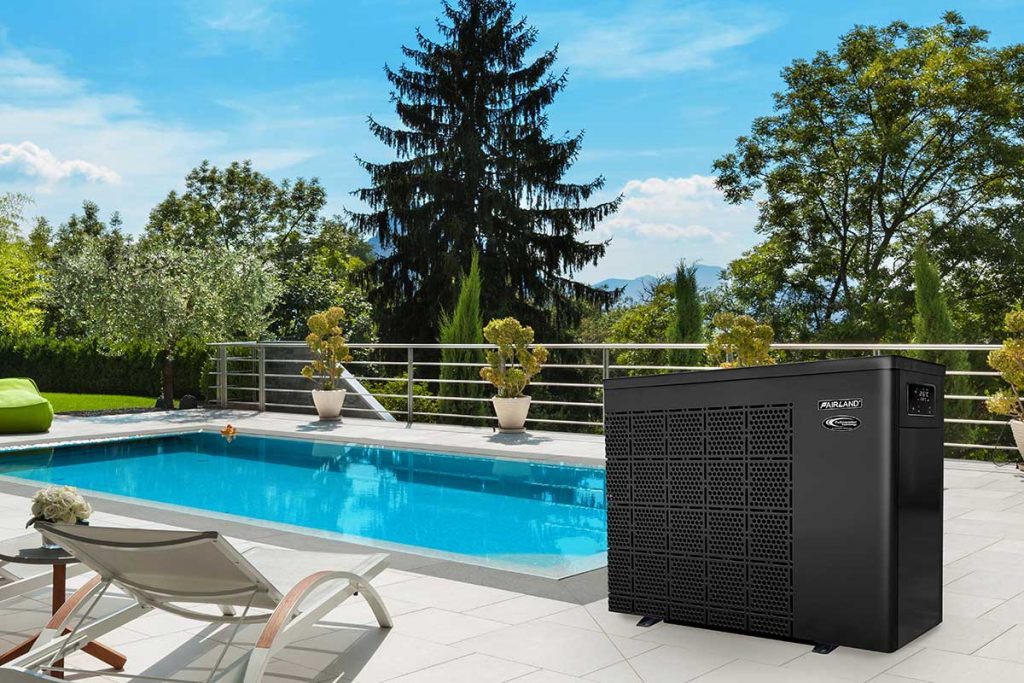
A heat pump! If you stay in the warmer climates and you feel a solar heater isn’t a necessary purchase, then install a heat pump. They use very little energy to operate and what they technically do is draw thermal energy from the environment and pass it on to the water.
This way the water just gets a little heated to your comfort. Maintenance might take a little extra effort, but it’s worthwhile in the long run.
4. Periodic Cleaning of Filters
Keeping filters clean is very important as it reduces the burden of the pump thus saving power. Dirty filters hinder the performance of your pump and cause it to break down and require more maintenance.
Cleaning it is easy, just requires a sort of periodic approach. Once it becomes a routine, it would save a lot of energy. The methods involved are backwashing and using high pressure. Also, replacing worn-out materials of the pump is very important for maintaining its efficiency.
5. Setting up a timer for your pumps
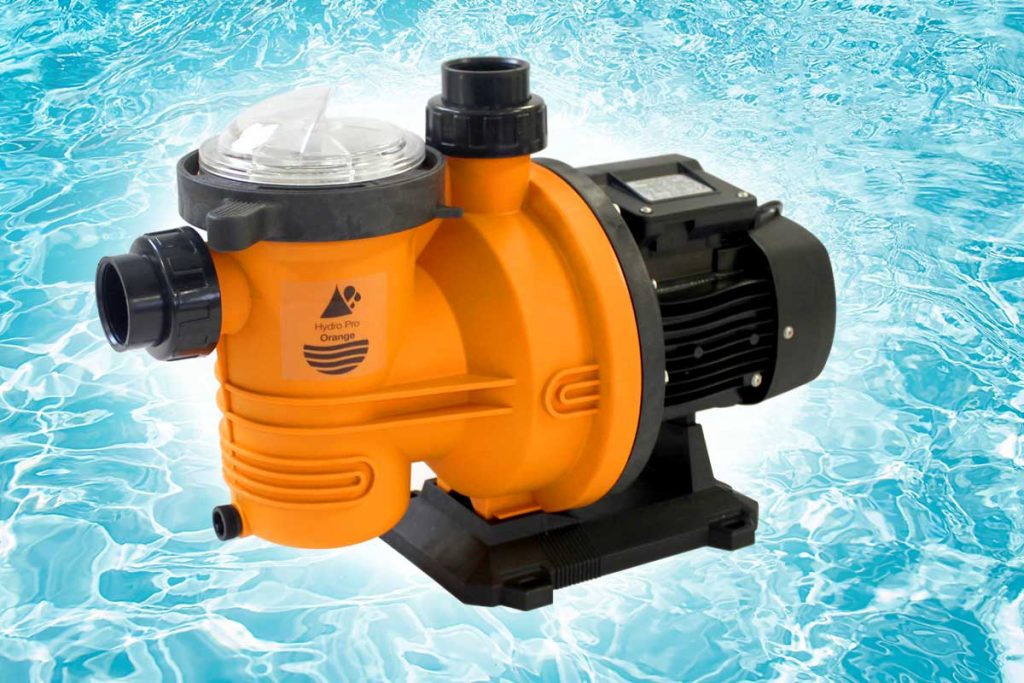
When the swimming pool is not in use, it is best to switch off the pumps. But this can get neglected due to a busy schedule or general forgetfulness. So, installing a timer that auto-shuts off the pumps is an ideal thing to set up. This saves a lot of power in the long run, and you can be less worried about it too.
6. Make sure your pool is covered
This may seem like a basic and normal thing to do, but it’s the best and cheapest way to save water as covering it doesn’t allow it to evaporate easily. The heat of the water also stays in, thus not requiring temperature maintenance and you would be not allowing contamination by debris and other particles.
This reduces the requirement of cleaning with gadgets thus saving more power. Solar pool covers are available for this, and investing in one would be an eco-conscious action.
7. Constructing Pool Enclosures
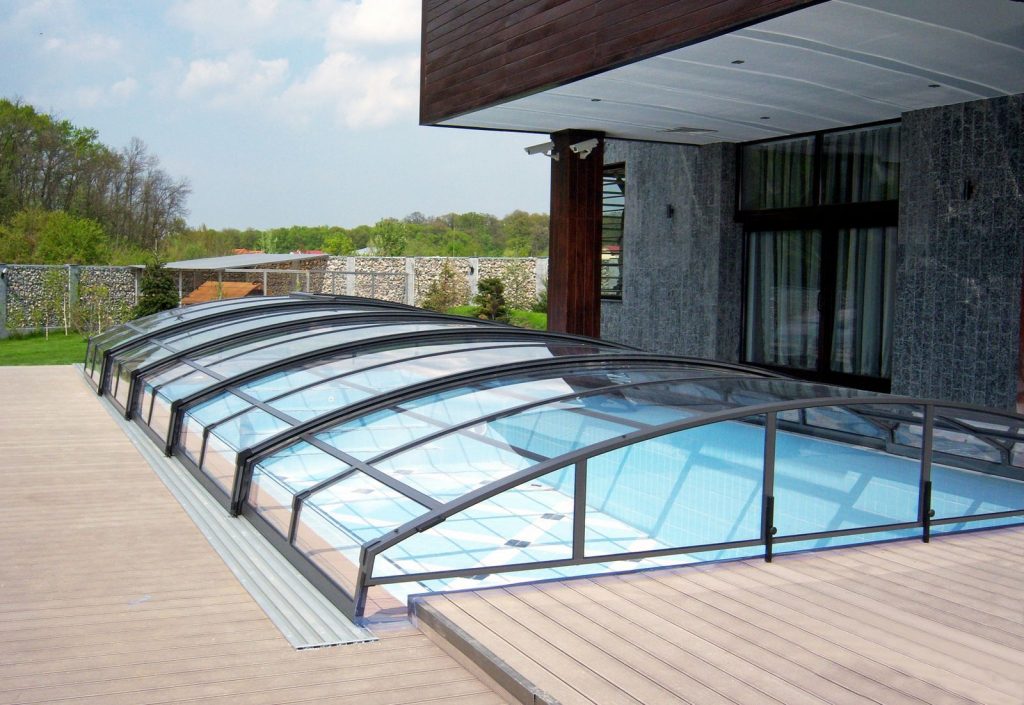
Now, this tip has a lot of implications and benefits. Covering a pool partially or even completely would give you shade, would eliminate the pool cover requirement, save energy by maintaining a steady temperature around the pool and you can also customize the enclosure to get maximum enjoyment out of it.
Making the enclosure with eco-friendly materials like bamboo would be both an attractive and a better option. You can even use the pool any time of the day and year without relying on temperature maintenance tools and cleaning can be done after larger intervals.
The pool will remain clean and more secluded, thus making it better to hang out. All these are eco-friendly options too, so giving it a try is not a bad idea!
8. Disposal of water
The draining of your swimming pool water is very important. It would have a lot of chemicals and a lot of debris too. It’s mostly the chemicals that would cause a lot of damage to the environment.
Make sure while disposing the chemical levels are of standard. It should have a neutral pH, normal chlorine and sulphate levels and shouldn’t have any algaecide levels of more than 2 ppm.
Disposing of waters shouldn’t be done in the gardens but preferably in the drainage system that would be redirected to a waste-water treatment plant. This is a crucial step to make sure the waters of your pool doesn’t cause any environmental damage.
Conclusion
Ultimately it’s all about trying to make sure your swimming pool doesn’t cause any harm to the environment. And to do that taking a few extra steps won’t be amiss. Saving power is the ultimate target here to make sure your swimming pool is an eco-friendly option.




